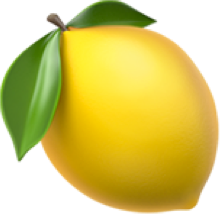No, really: what are you drinking?
Where was it grown? Who distilled it? And what exactly was it mixed with before the cork went in? When it comes to alcohol, even the simplest questions can be as murky as an old bottle of red.
It's time for some answers.

How to find the good stuff:
To find responsibly produced alcohol, look for ingredient lists, who owns the company, who makes the product, and if they make those processes transparent. Here’s how to find that info.
A good rule of thumb: if they’re proud of how their product is made, they’ll be happy to share the details with you.
Brands that are doing it right.
There have always been alcohol producers that use quality ingredients, value transparency, and work hard to leave a minimal footprint on the ecosystem. They just don't get as much attention as corporate brands. Here are some producers who are committed to the movement for better alcohol. Know someone who should be on this list? Let us know.
Interested in alcohol with nothing to hide?
Enter your email address and we’ll keep you informed. Like our booze, we promise that means only the good stuff—the best new brands, their most exciting new releases—and no filler.*
There’s more to learn. If this site whet your appetite, good— here’s a reading list to keep going:
*By completing this form you are signing up to receive Know Your Alcohol related emails, and can unsubscribe at any time.








































